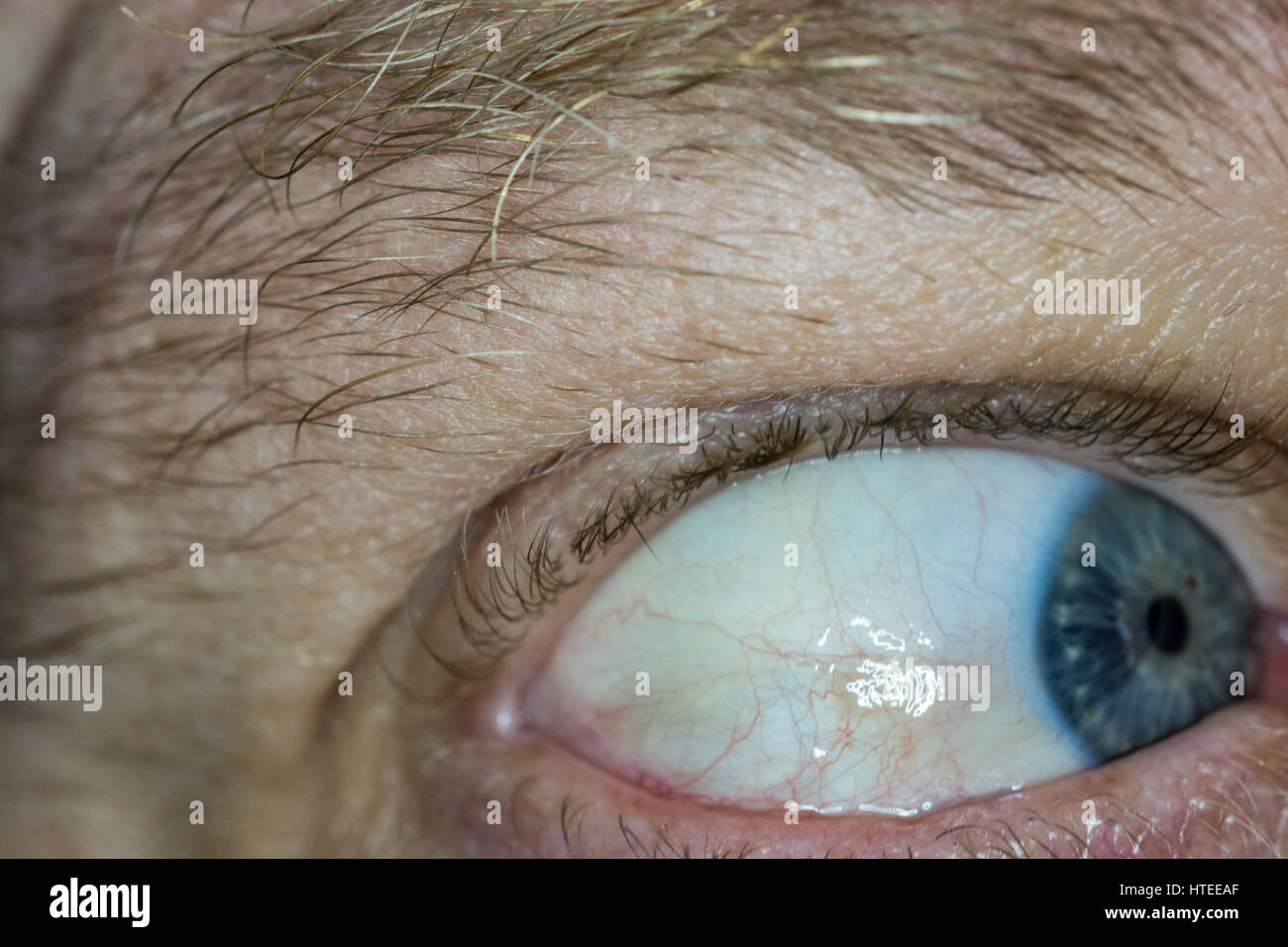

SOHO was launched by NASA in December 1995. Image to right: The SOHO spacecraft keeps an eye on the sun 24 hours a day, 365 days a year. In addition, the advance warning helps reduce astronaut exposure to the high doses of radiation that can be generated by solar activity. Solar storms are actually capable of interfering with electricity grids and communications on Earth. It also gives advance notice of solar events that could affect conditions here. This allows them to constantly observe it, giving them a better understanding of the way stars behave. From its L1 orbit location, SOHO is able to give scientists an uninterrupted view of the sun. In fact, SOHO actually orbits around a Lagrangian point, known as L1, about 1.5 million kilometers away from the Earth towards the sun. Such points are known as a Lagrangian points. Its orbit is located at a point where it is equally influenced by the gravitational forces of the Earth and the sun.

Unlike most satellites, which orbit the Earth, SOHO orbits around the sun itself, like a planet or comet. The most sophisticated solar observatory ever built, SOHO is a joint project between NASA and the European Space Agency. SOHO stands for Solar and Heliospheric Observatory. Image to left: This image of the sun was taken by the SOHO spacecraft. Fortunately, today we have the SOHO spacecraft, which does what people can't- it stares at the sun. Not only does its proximity give us a front-row view at how stars function, but the sun's behavior has a direct impact on conditions on Earth. But, there is a lot to be gained from studying the sun. Far and away the brightest object in the sky, the sun is easy to find, but it's so bright that one can't look directly at it without vision damage. Our sun is one object in the sky that everyone can see, but no one can look at.

When it comes to astronomy, the star nearest the Earth is somewhat of a paradox.


 0 kommentar(er)
0 kommentar(er)
